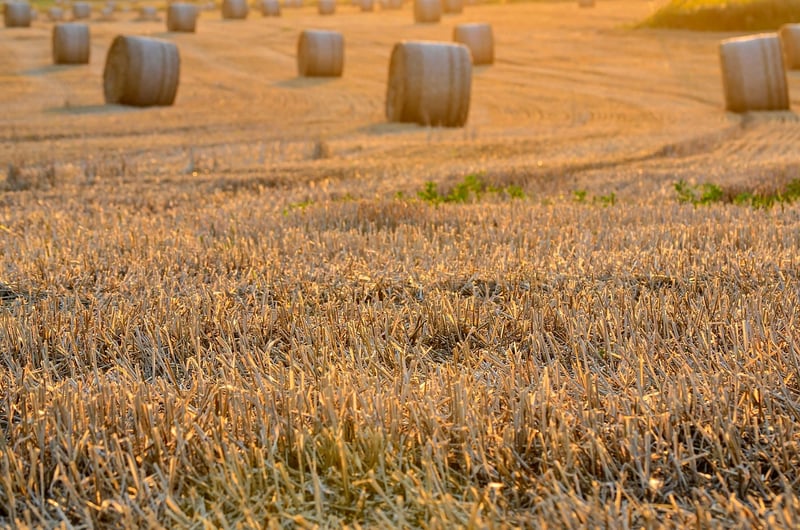Harvest Sharing
Enhancing Community Through Shared Urban Green Spaces and Harvest Sharing
Urban living can often feel disconnected from nature, but shared urban green spaces offer a solution that not only connects city dwellers with the environment but also fosters a sense of community. These green spaces, whether community gardens, rooftop farms, or public parks, provide a sanctuary for people to relax, socialize, and grow their own produce.
The Benefits of Shared Urban Green Spaces:
- Environmental Benefits: Green spaces help reduce the urban heat island effect, improve air quality, promote biodiversity, and mitigate climate change.
- Health Benefits: Access to green spaces has been linked to lower levels of stress, increased physical activity, and improved mental well-being.
- Social Benefits: Shared green spaces bring communities together, encourage social interactions, and create a sense of belonging among residents.
- Educational Benefits: These spaces provide opportunities for learning about gardening, sustainable practices, and healthy eating habits.
Harvest Sharing in Urban Communities:
One of the most rewarding aspects of shared urban green spaces is harvest sharing. This practice involves community members coming together to harvest produce grown in the shared space and then sharing the bounty among participants. Harvest sharing not only promotes sustainable agriculture and reduces food waste but also strengthens bonds within the community.
Whether it's organizing a weekly farmers' market, setting up a communal pantry, or simply sharing surplus harvest with neighbors, harvest sharing creates a culture of generosity and reciprocity.
Get Involved in Your Community's Green Spaces:
If you're interested in participating in or starting a shared urban green space project in your community, here are some steps you can take:
- Research existing green spaces or potential locations for a new project.
- Connect with local community groups, environmental organizations, or municipal authorities for support and guidance.
- Organize community meetings to discuss ideas, gather input, and recruit volunteers.
- Plan the layout, design, and maintenance schedule for the green space.
- Start gardening, harvesting, and sharing the produce with the community.
By actively participating in shared urban green spaces and harvest sharing initiatives, you can make a positive impact on the environment, your health, and the sense of community in your neighborhood.

Image source: Pixabay
